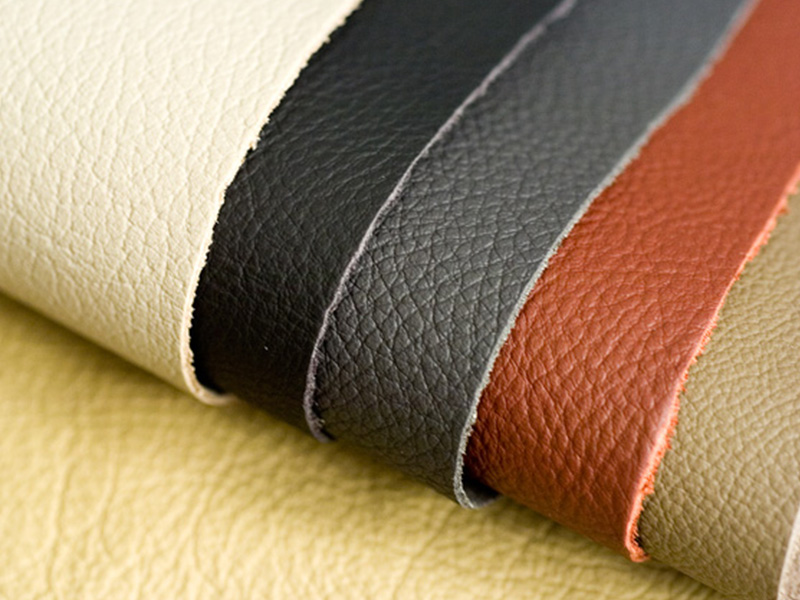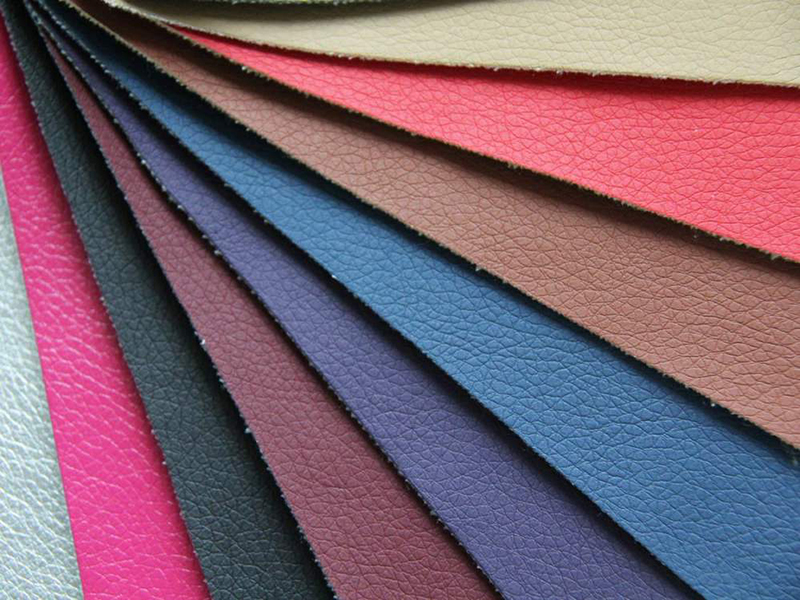Leather is a highly coveted material known for its luxurious feel and durability. However, the increasing demand for ethical and sustainable alternatives has given rise to various leather substitutes, such as PU leather and faux leather. While these two materials may look similar at first glance, there are distinct differences between them. In this article, we will delve into the world of PU leather vs faux leather, exploring their qualities, advantages, and disadvantages.
PU leather, also known as polyurethane leather, is a type of synthetic leather created by applying a layer of polyurethane on a fabric base. Faux leather, on the other hand, is a broad term used to describe any artificial leather material that mimics the look and feel of genuine leather. While both materials are vegan-friendly and offer a cruelty-free leather alternative, they differ in terms of quality.
The Highest Quality of PU Leather vs Faux Leather:
When it comes to quality, it is important to note that not all PU leather and faux leather are created equal. PU leather can vary in quality depending on the manufacturing process and the quality of the fabric and polyurethane used. Higher quality PU leather tends to be more durable, resilient, and closer in resemblance to real leather. It often undergoes a treatment process called “bonding,” where the polyurethane is chemically bonded to the fabric, resulting in a more authentic texture and appearance.
Faux leather, being a broader category, encompasses a wider range of materials, including vinyl, PVC, and microfiber. The quality of faux leather can vary significantly based on the specific material used. Some lower-quality faux leathers might feel stiff, plasticky, and lack the suppleness and natural feel of genuine leather. However, higher quality faux leathers can closely resemble real leather in both appearance and texture, providing a more luxurious experience.
Advantages and Disadvantages of PU Leather vs Faux Leather:
Now, let’s explore the advantages and disadvantages of each material to help you make a more informed choice.
Advantages of PU Leather:
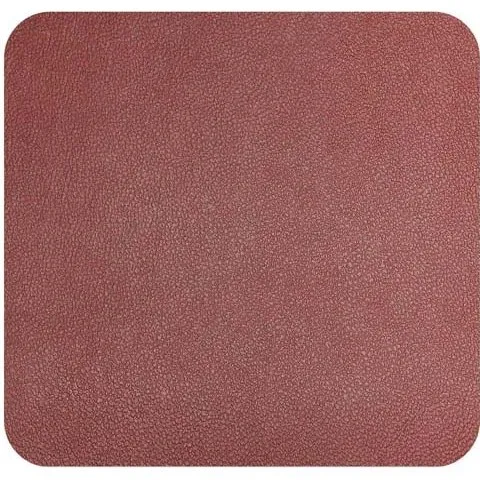
1. Affordability: PU leather is generally more affordable than genuine leather, making it a cost-effective option for those on a budget.
2. Durability: High-quality PU leather can be durable and long-lasting, with the ability to withstand everyday wear and tear. It is also more resistant to fading and cracking compared to lower-quality faux leathers.
3. Easy Maintenance: PU leather is relatively easy to clean and maintain. It can be wiped clean with a damp cloth and does not require special leather care products.
4. Versatility: PU leather can be produced in various colors and finishes, offering a wide range of design options.
Disadvantages of PU Leather:
1. Breathability: PU leather is less breathable than genuine leather, which can make it less comfortable to wear for extended periods, especially in warmer climates.
2. Environmental Impact: While PU leather is a vegan alternative, it is still a synthetic material that relies on petroleum-based products for production. The manufacturing process can also generate chemical waste and contribute to environmental pollution.
3. Longevity: While high-quality PU leather can be durable, it may not age as gracefully as genuine leather. Over time, it may begin to crack, peel, or lose its luster.
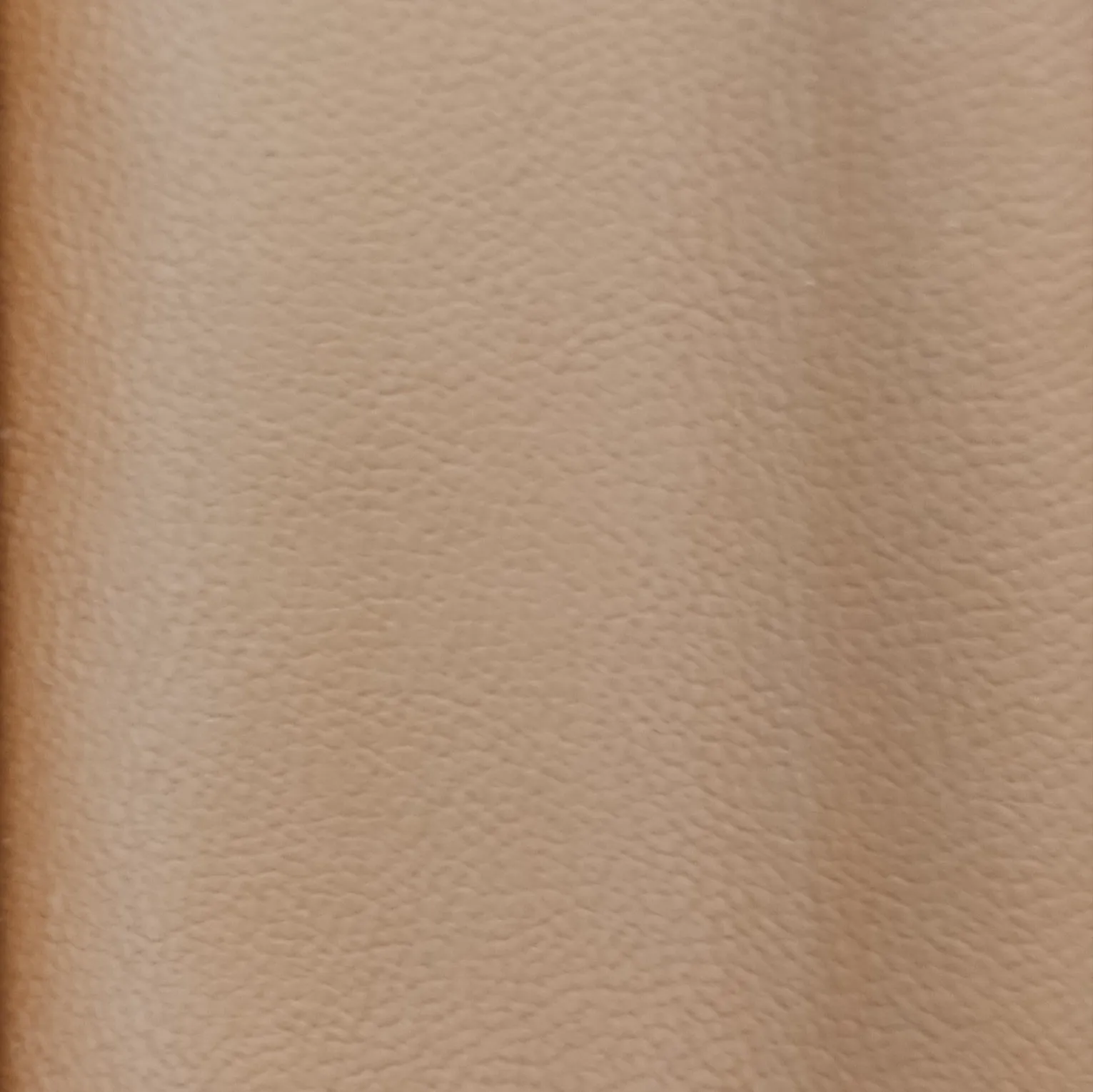
Advantages of Faux Leather:
1. Animal-Friendly: Faux leather provides a cruelty-free alternative to genuine leather, reducing animal exploitation in the fashion industry.
2. Variety: Faux leather encompasses a wide range of materials, allowing for more diversity in terms of texture, look, and feel.
3. Ease of Care: Like PU leather, some faux leathers are easy to clean and maintain, requiring minimal effort to keep them looking good.
4. Price Range: Faux leather offers options for every budget, with both affordable and high-end choices available in the market.
Disadvantages of Faux Leather:
1. Quality Discrepancy: Faux leather quality can vary greatly depending on the specific material used. Lower-quality faux leathers may not provide the same durability and longevity as genuine leather or higher-quality substitutes.
2. Breathability: Similar to PU leather, certain faux leathers may lack breathability, making them less comfortable in warm weather.
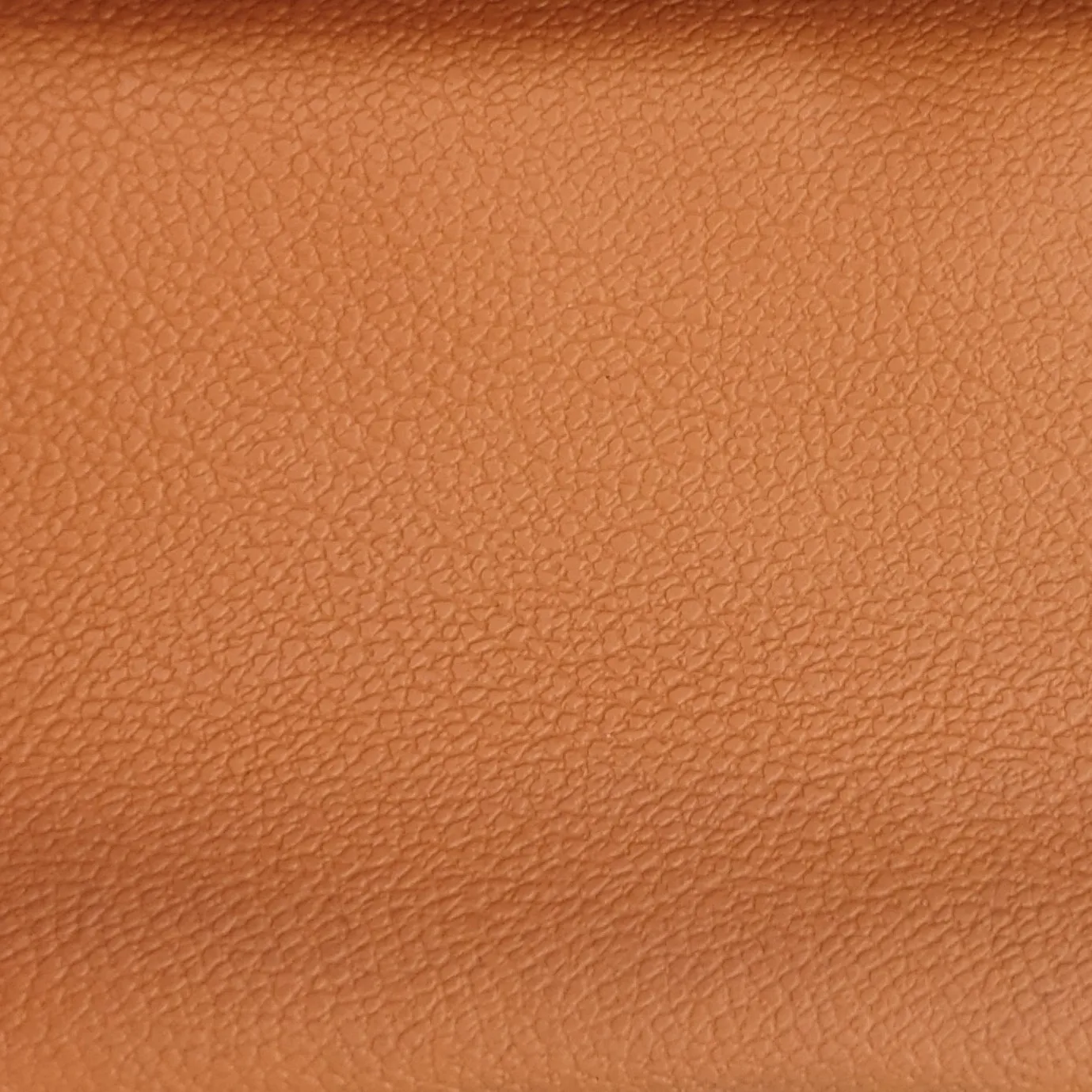
3. Environmental Concerns: Many faux leather materials, such as PVC, can have a significant environmental impact due to the production process and use of non-biodegradable plastics.
In conclusion, both PU leather and faux leather offer viable alternatives to genuine leather, particularly for those looking for cruelty-free and sustainable options. While PU leather boasts affordability and durability, faux leather provides a wider range of materials and styles to choose from. Ultimately, the choice between PU leather and faux leather depends on individual preferences, priorities, and the desired quality level. Whichever option you choose, it is essential to be mindful of the specific materials used and their environmental implications.
